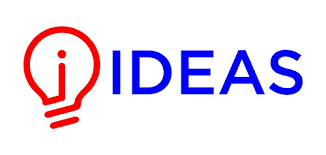Article | Open Access | Published: 31 May 2006
A Conceptual Model to Develop Corporate Culture and Improve the Internal Organizational Communication
| Views: | 159 | | | Downloads: | 142 |
Abstract:
The main purpose of this paper is to develop a theoretical foundation concerning the use of internal marketing (IM) as a vehicle for the implementation of quality management (QM). The ultimate goal in this context is to present IM as a technique for gaining the acceptance of the employees or departments that are critical to the successful implementation of QM programs (Lewis, 1996). The argument presented in this article is based on the views that the internal market consists of groups of workers and managers communicating and interacting with other groups of workers and managers within the organization, and that the establishment and maintenance of effective and efficient relationships between these groups is the focus of internal marketing efforts. The first part of the paper presents the brief introduction of quality management and the conceptual definitions of internal marketing and its linkage with QM programs. It considers the objectives and different approaches of IM in the views of different writers. The second part of the article describes the theoretical framework and the broad classes of variables which are central to this review, namely corporate cultural change (CCC) and internal organizational communication (IOC), and their relationship to internal marketing which it was argued, are critical for the implementation of QM programs.
Keywords:
Quality Management (QM), Internal Marketing (IM), Internal Organizational Communication (IOC), Corporate Cultural Change (CCC).
Publisher:
ILMA UNIVERSITY
Published:
31 May 2006
Issue:
Issue 1 : Volume 2
E-ISSN:
2409-6520
P-ISSN:
2414-8393
This is an open access article distributed under the terms of the Creative Commons Attribution CC BY 4.0 license, which permits any use, distribution, and reproduction of the work without further permission provided the original author(s) and source are credited.














